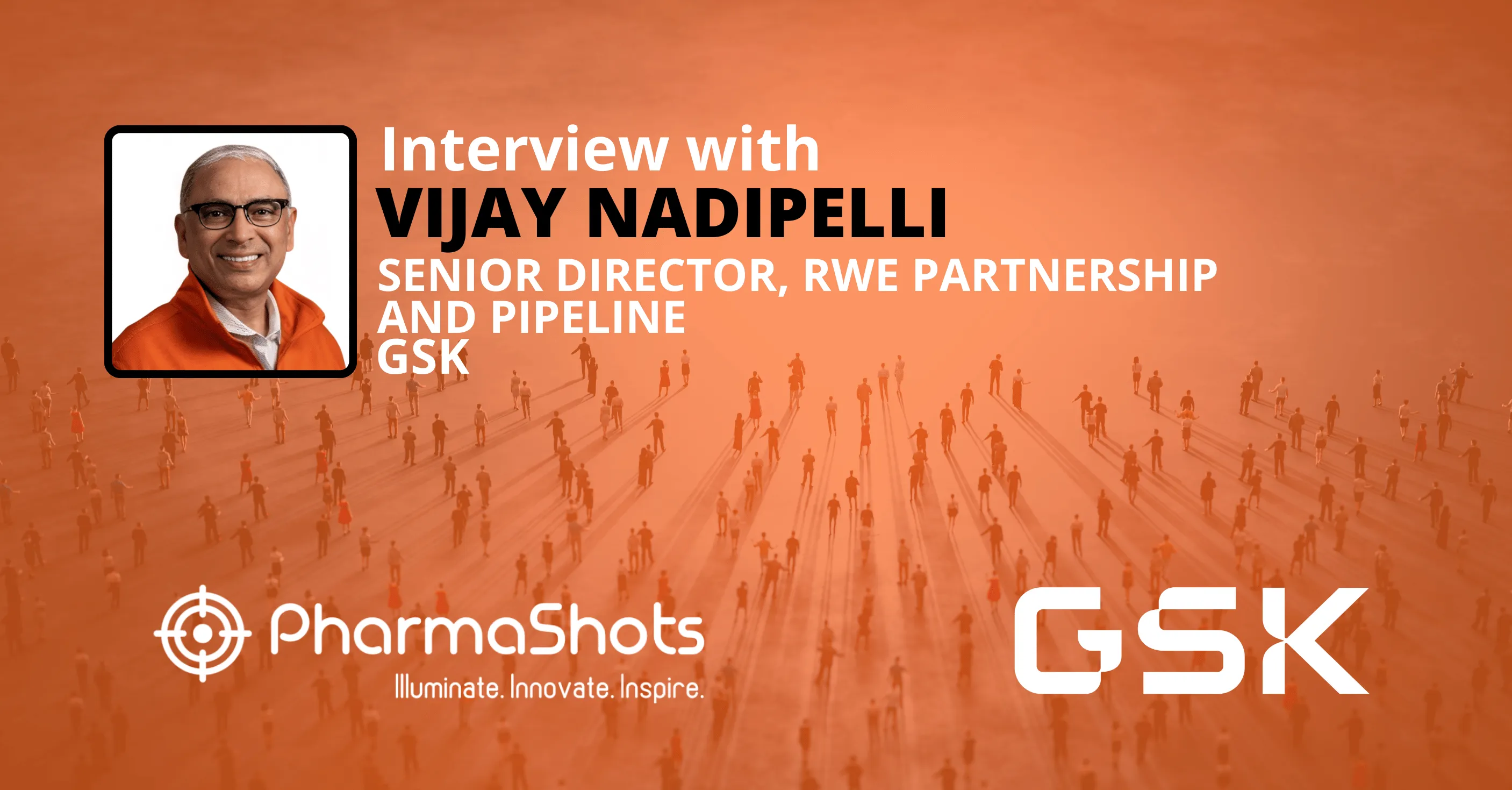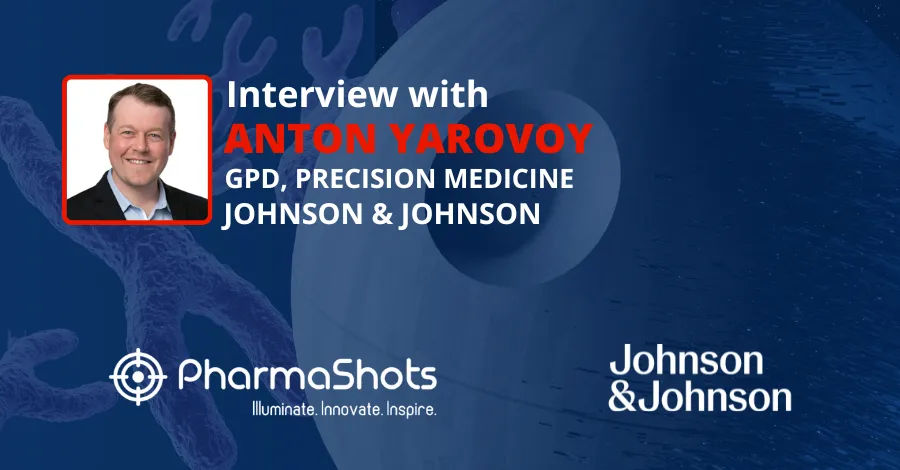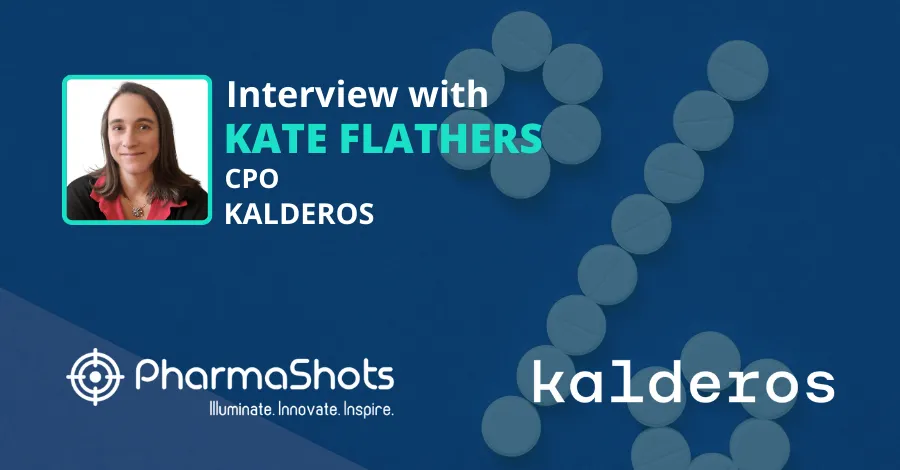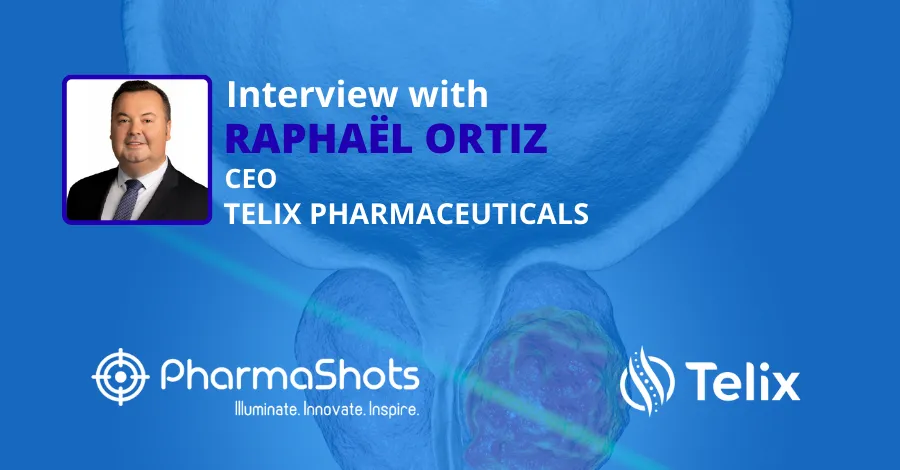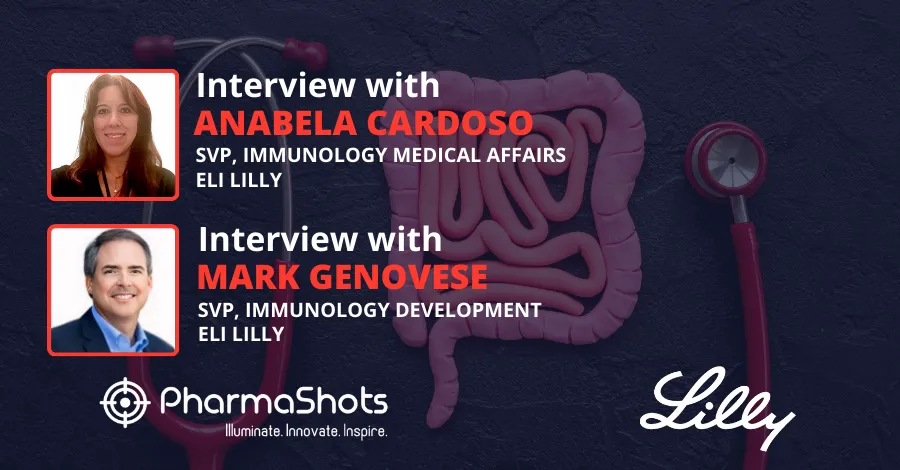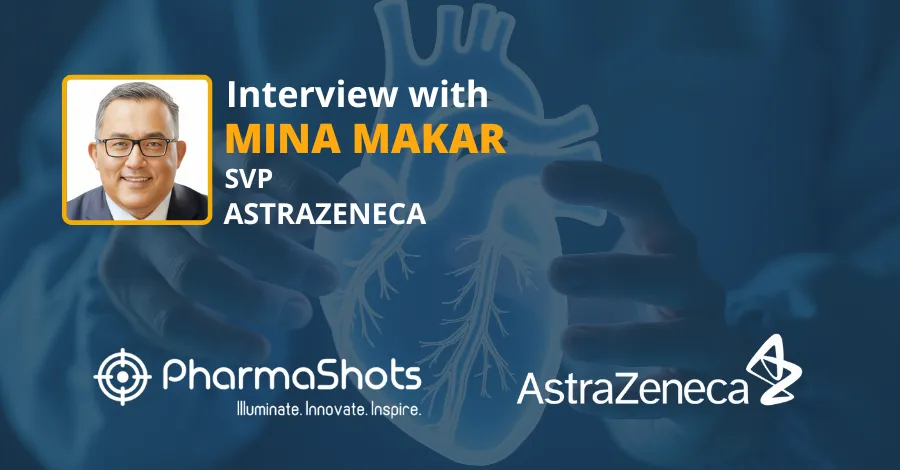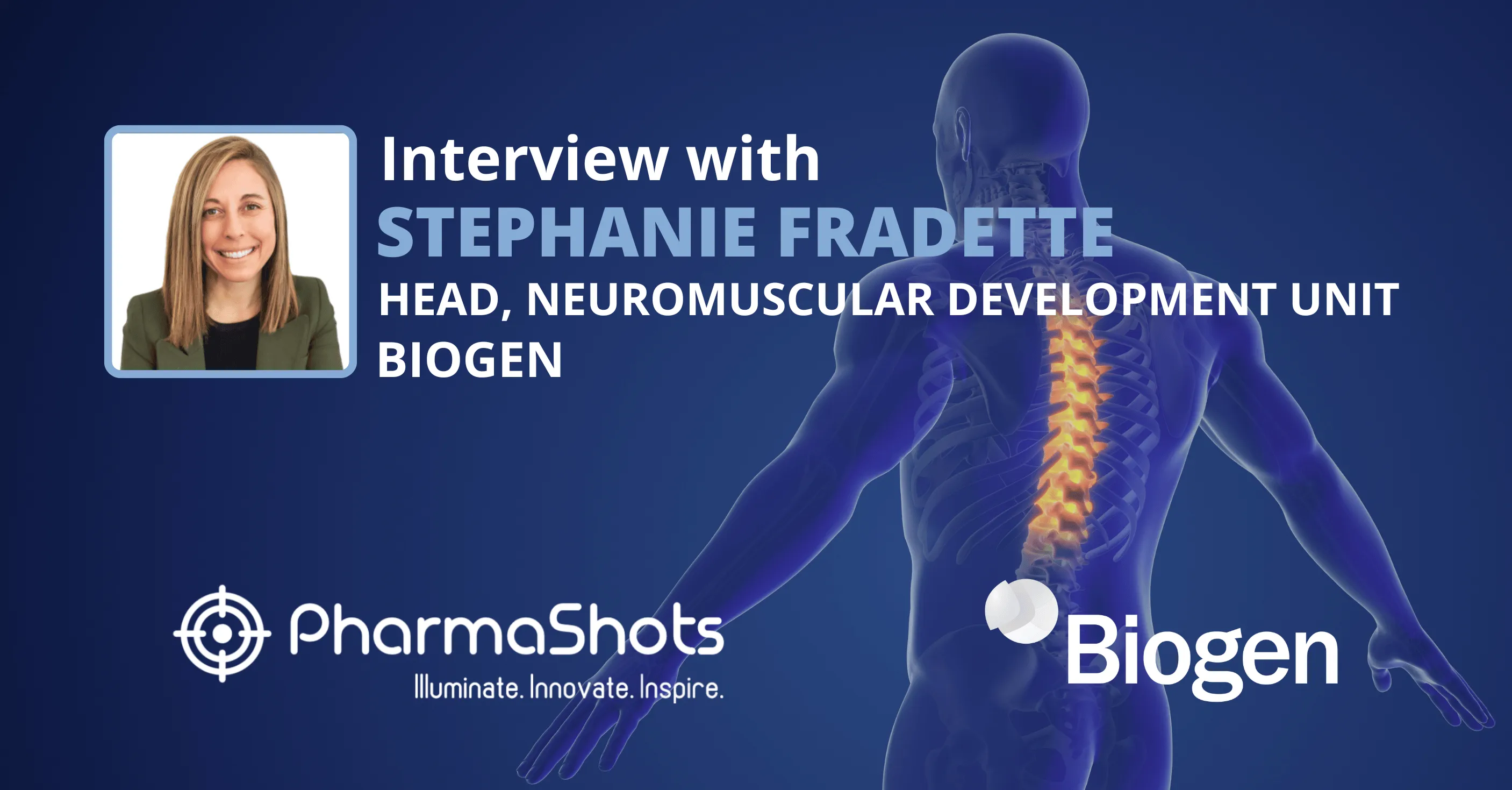
PharmaShots Interview: Accenture Life Sciences’ Laura Dix Shares Insights on the New Rules of Engagement to Provide HCPs New Interactions
In an interview with PharmaShots, Laura Dix, a Managing Director in Accenture’s Life Sciences Strategy and Consulting practice shares her views on the new research & provides more useful, data-driven information to HCPs
Shots:
- The company unveiled new research, titled The “New” Rules of Engagement & which have increased their relevance during COVID-19 through more valuable and meaningful interactions with HCPs
- The research concluded that pharma companies become “truly helpful” by communicating product information & offers content that is more relevant than before the COVID-19 crisis
- Accenture research found access to clinical trial data & are most helpful in shaping their treatment decisions. Additionally, 83% of HCPs received content from pharma companies that were more relevant than before the COVID-19 crisis
Tuba: Can we get a deep insight into the research titled “The “New” Rules of Engagement”?
Laura Dix: Pharmaceutical companies have increased their relevance during COVID-19 through more valuable and meaningful interactions with healthcare providers (HCPs), according to a new report from Accenture.
Tuba: What are the key findings of the research?
Laura Dix: We discovered in our 2020 HCP Survey that COVID-19 was driving lasting change regarding what health care providers need and value in their engagements with pharmaceutical companies. A year later, HCPs told us that while there is still some room for improvement, providers recognize and reward those pharma companies who spend time and attention to better understand and support them. This, coupled with the fact that HCPs are seeing fewer patients, reveals an opportunity for pharma companies to increase trust and influence with HCPs and their patients.
Tuba: What is the impact of COVID-19 in the approach of pharmaceutical companies to interact with patients and HCPs?
Laura Dix: Both our 2020 and 2021 research concluded that HCPs have seen pharma companies become “truly helpful” by communicating not just product information but also offering content that is considered more relevant now than before the COVID-19 crisis. Pharma’s role in helping HCPs serve their patients remains a dominant theme in our 2021 findings: for example, information that could be passed on directly to patients was ranked as the most popular type of content recently received. At the same time, however, truly helpful content is also getting lost in the overall volume of communications HCPs receive: almost two-thirds told us that they feel at least one pharma company has “spammed” them with digital content as the pandemic has evolved.
Tuba: How does this study conclude that pharma companies are providing more valuable information than pre-pandemic?
Laura Dix: 83% of HCPs told us that the content they are receiving from pharma companies today is more relevant than before the COVID-19 crisis, with a third believing it is “far” more relevant. Valuable information is a key component of a positive HCP experience, and we also found that HCPs are recognizing those pharma companies who provide more meaningful engagements and rewarding them with more access. Almost 9 in 10 HCPs would be twice as likely to meet with other company reps if their best relationships were replicated by those other companies.
Tuba: ‘’Virtual engagement is here to stay’’. Explain the statement.
Laura Dix: Despite the lifting of travel restrictions in many countries, our research concludes that there has been no significant return to face-to-face engagements with pharma over the past year. The proportion of HCP meetings with reps held virtually was over 6 in 10 in 2021 compared to 36% before the pandemic, and only a slight dip from the 65% recorded in our 2020 research. Looking ahead to the future, almost 4 in 10 HCPs told us they want all meetings to be virtual after the COVID-19 pandemic ends, while another 46% would prefer a mix of virtual and in-person. Notably, just 4% said they want no meetings at all – indicating that the human connection, whether face-to-face or through another channel – remains highly valued.
Tuba: Is Covid-19 altering how pharma engages with HCPs?
Laura Dix: Per the above points, our research shows that COVID-19 is altering the way that pharma engages with HCPs and that many of these changes will likely endure long after the pandemic.
Source: Cone Health
About Author:
 Laura Dix is a Managing Director in Accenture. Laura focuses on Life Sciences healthcare professional (HCP) engagement and post-acquisition integration. She holds an MA in History from St John's College, Cambridge, and an MA in International Relations from Durham University. She has completed a three-month internship with the United Nations Development Programme
Laura Dix is a Managing Director in Accenture. Laura focuses on Life Sciences healthcare professional (HCP) engagement and post-acquisition integration. She holds an MA in History from St John's College, Cambridge, and an MA in International Relations from Durham University. She has completed a three-month internship with the United Nations Development Programme

This content piece was prepared by our former Senior Editor. She had expertise in life science research and was an avid reader. For any query reach out to us at connect@pharmashots.com




